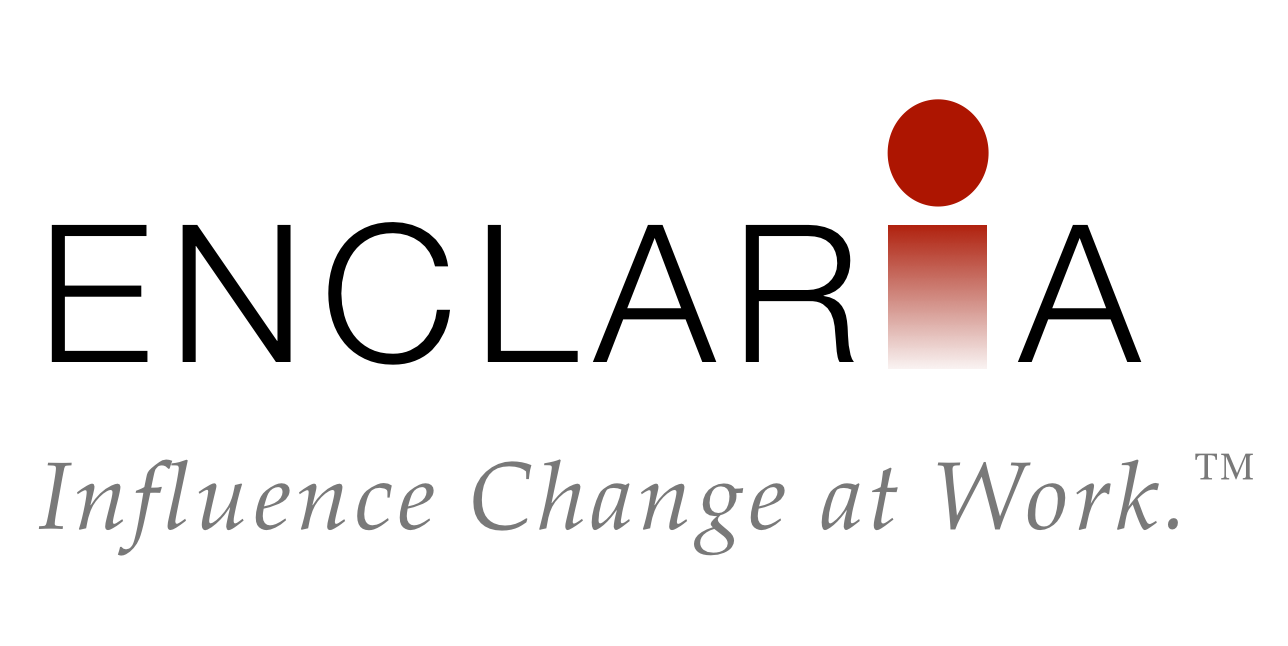Relative to the people who need to change the way they work, those who are trying to implement that change often are not in a position of authority. For example, the human resources director responsible for implementing a new performance management system is not the manager of everyone who will adopt the system. As a result, the HR director and other change agents must influence change without relying on authority to get it done.

People who have authority are able to influence in a way that people without it can’t. In a typical hierarchical organization, the people with authority are those leaders who are higher up on the org chart, who manage people who work for them, and who control the resources required to do the work. While these exclusive privileges give leaders a crucial function during change, you can still accomplish similar ends without relying on authority yourself – and you may even be more effective without it.
Choose to Make a Difference
We naturally expect people in positions of authority to make improvements to whatever part of the organization they have authority over. Those who don’t have authority may tell themselves it’s not their place to try to change things, especially in someone else’s area. However, the first step in influencing without authority is choosing to make a difference anyway, and not waiting for someone to let you.
Ask, Don’t Tell
Have you ever been in a meeting where a leader made an off-hand comment about something they’d like to see, and suddenly everyone is working to make it happen? People who have authority can direct people what to do, even unintentionally. When you don’t have authority, you can’t tell people what to do. Instead, make clear requests, and invite people to help. Also, appeal to their interests and help them see the need for change.
Help People Be Accountable
People with authority can hold people accountable by setting expectations, judging performance, and doling out consequences. Without authority, you have to help people be accountable instead. Work to clarify what someone will accomplish or do, and gain agreement on how you can help support their commitment. In the absence of carrots and sticks, find the real consequences of achieving or not achieving the goal. And remember that thanks and recognition can come from anyone.
Rely on Your Relationships
The relationship between a leader and those they lead is unique. Because their authority defines the relationship, leaders have strong influence. When your peer is suddenly promoted to be your boss, the relationship changes, and so does the way you influence each other. Collegial relationships, on the other hand, have the benefit of being voluntary. Without authority, you can rely on your relationships with people who know, like, and respect you, and who won’t feel coerced when they fulfill your request.
By definition, influencing by using authority is authoritarian. It assumes people will fall in line with the wishes of leaders. And while there is something in all of us that complies with authority, we despise it as well. Those who could rely on authority to influence change might do well to avoid leaning on it. When people are influenced without authority, they are more likely to feel like change was done with them, and not to them.
